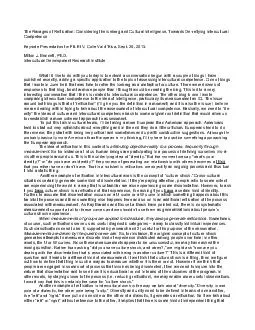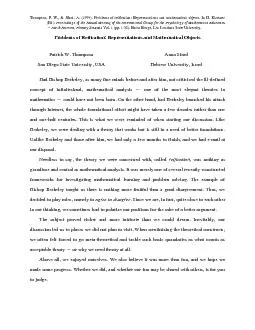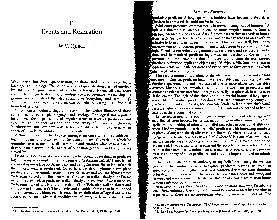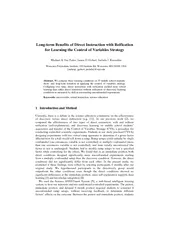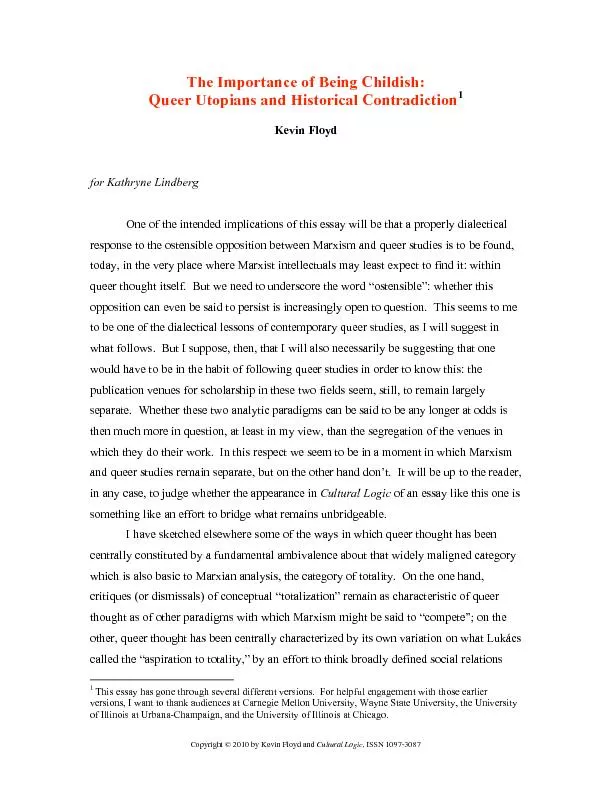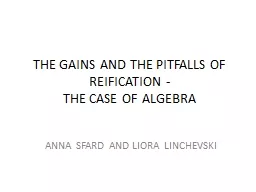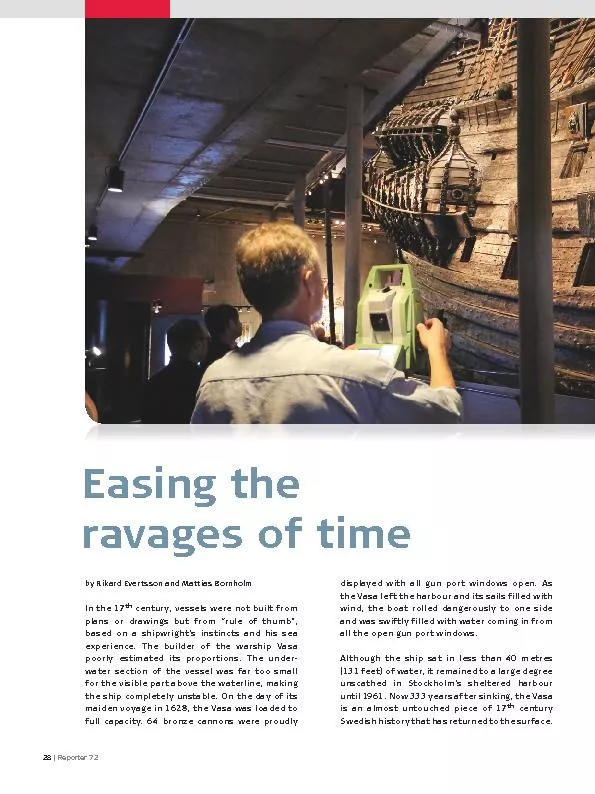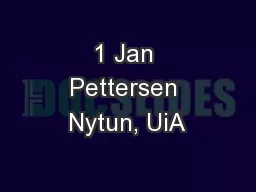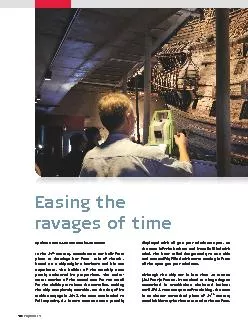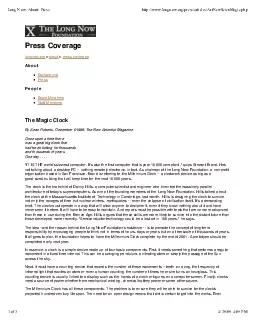PDF-The Ravages of Reification:
Author : tawny-fly | Published Date : 2015-10-04
Considering t he Iceberg and Cultural Intelligence Towards De r eifying Intercultural Competence Keynote Presentation for FILE IV Colle Val dx2019Elsa Sept 28 2013 Milton
Presentation Embed Code
Download Presentation
Download Presentation The PPT/PDF document "The Ravages of Reification:" is the property of its rightful owner. Permission is granted to download and print the materials on this website for personal, non-commercial use only, and to display it on your personal computer provided you do not modify the materials and that you retain all copyright notices contained in the materials. By downloading content from our website, you accept the terms of this agreement.
The Ravages of Reification:: Transcript
Download Rules Of Document
"The Ravages of Reification:"The content belongs to its owner. You may download and print it for personal use, without modification, and keep all copyright notices. By downloading, you agree to these terms.
Related Documents

